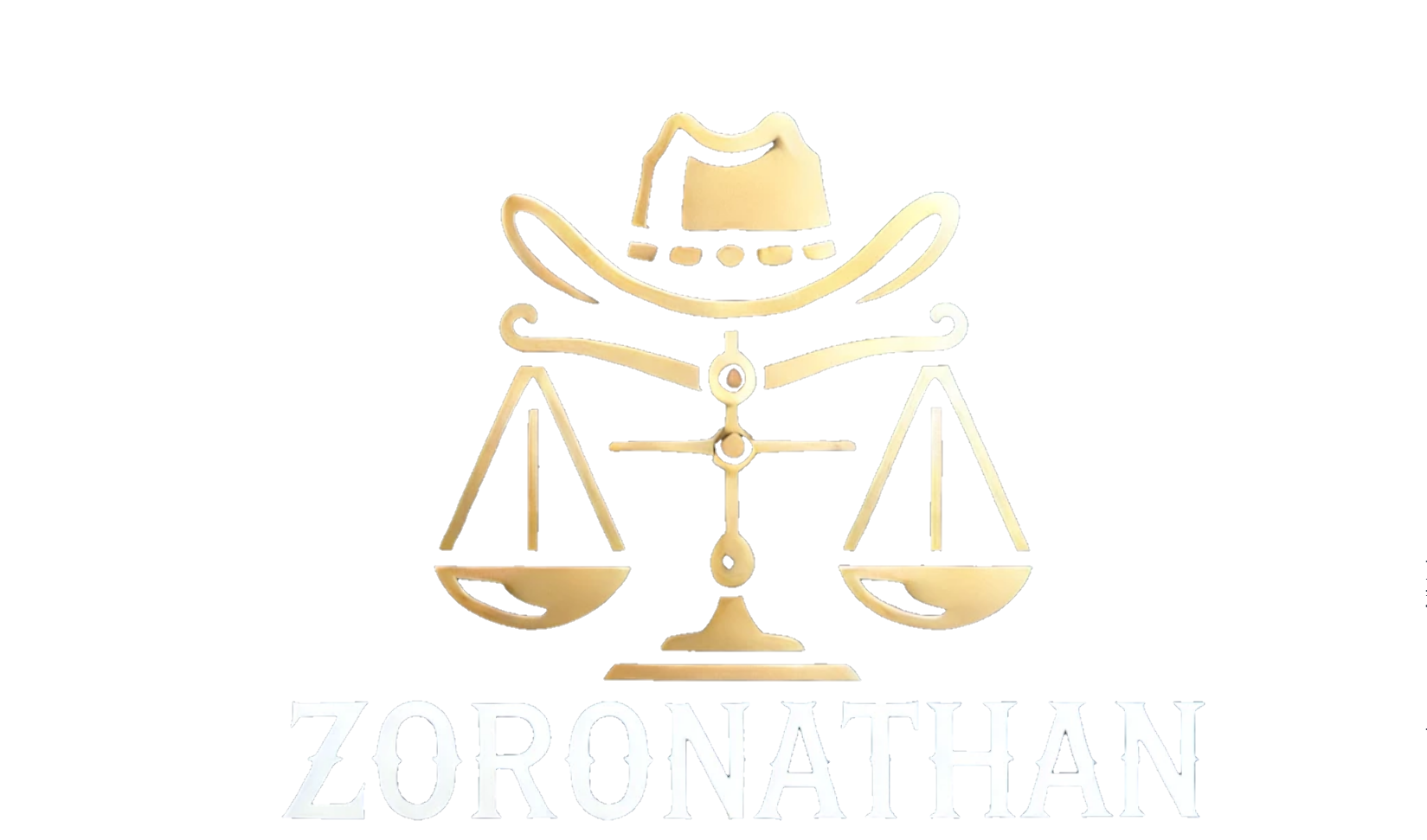Introduction
Hey there, readers! Are you interested in diving into the intricate world of attorney malpractice law and procedure? Well, you’re in luck! We’ve got a comprehensive guide that will break down everything you need to know about this fascinating legal niche. Whether you’re a legal professional seeking to expand your knowledge or an individual who has been wronged by an attorney, this article will equip you with valuable insights into the legal landscape surrounding attorney malpractice.
Negligence as the Foundation of Attorney Malpractice Claims
The cornerstone of attorney malpractice law is negligence. Negligence occurs when an attorney fails to meet the standard of care expected of a reasonably competent attorney practicing in the same locality and under similar circumstances. This means that an attorney has a duty to their clients to provide competent legal services, and any breach of that duty can lead to liability for damages.
Elements of Negligence
To prove negligence in an attorney malpractice case, the plaintiff must establish four key elements:
- Duty: The attorney owed a duty of care to the client.
- Breach: The attorney breached that duty of care through an act or omission.
- Causation: The attorney’s breach of duty caused the client’s damages.
- Damages: The client suffered actual and quantifiable damages as a result of the attorney’s negligence.
Common Types of Attorney Malpractice
Attorney malpractice can manifest in various forms, including:
Missed Deadlines and Statute of Limitations
One common type of attorney malpractice involves missing deadlines and failing to file lawsuits within the applicable statute of limitations. This can result in the loss of a client’s legal rights and substantial damages.
Inadequate Investigation and Preparation
Attorneys have a duty to thoroughly investigate their clients’ cases and prepare for legal proceedings. Failing to do so can lead to missed evidence, procedural errors, and unfavorable outcomes for clients.
Proving Damages in Attorney Malpractice Cases
In attorney malpractice cases, the client must prove that they suffered damages as a result of the attorney’s negligence. Damages can be financial, such as lost income or legal expenses, or non-financial, such as emotional distress or reputational harm.
Defenses to Attorney Malpractice Claims
Attorneys facing malpractice claims may assert various defenses, including:
Lack of Duty
The attorney may argue that they did not owe a duty of care to the client because the client was not their client or because the attorney’s services were not related to the alleged malpractice.
Comparative Negligence
The attorney may argue that the client’s own negligence contributed to the damages, reducing the attorney’s liability.
Table: Statute of Limitations for Attorney Malpractice Claims
| State | Statute of Limitations |
|---|---|
| California | 1 year |
| New York | 3 years |
| Texas | 2 years |
| Florida | 2 years |
Conclusion
Attorney malpractice law and procedure is a complex and ever-evolving field of law. Whether you’re an attorney or a client, understanding the legal principles involved is crucial for protecting your rights and seeking justice. By delving into the intricacies of attorney malpractice law, you’ll be better equipped to navigate this legal landscape and achieve favorable outcomes.
If you’re interested in further exploring legal topics, be sure to check out our other articles covering a wide range of legal issues. From criminal law to family law, we have got you covered!
FAQ about Attorney Malpractice Law and Procedure
What is attorney malpractice?
Answer: Attorney malpractice is a breach of duty by a lawyer that causes harm to a client. It can include errors in legal judgment, negligence in handling a case, or ethical violations.
What are the elements of an attorney malpractice claim?
Answer: To establish an attorney malpractice claim, a plaintiff must prove: (1) the attorney owed them a duty of care; (2) the attorney breached that duty; (3) the breach caused the plaintiff’s injuries; and (4) the plaintiff suffered damages as a result.
What are the common types of attorney malpractice claims?
Answer: Some common types of attorney malpractice claims include: (1) failure to file a lawsuit on time; (2) making errors in drafting legal documents; (3) providing negligent advice; (4) failing to investigate a case properly; and (5) engaging in ethical violations.
What is the statute of limitations for attorney malpractice claims?
Answer: The statute of limitations for attorney malpractice claims varies from state to state, but it typically ranges from 1 to 6 years.
What are the remedies for attorney malpractice?
Answer: Remedies for attorney malpractice can include compensation for damages, such as lost income, costs of pursuing the claim, and emotional distress; disgorgement of fees paid to the attorney; and disciplinary action against the attorney.
How can I prevent attorney malpractice?
Answer: To help prevent attorney malpractice, clients should: (1) choose an experienced and qualified lawyer; (2) communicate clearly with their lawyer; (3) review all legal documents carefully; and (4) keep a record of all interactions with their lawyer.
What should I do if I believe my attorney has committed malpractice?
Answer: If you believe your attorney has committed malpractice, you should: (1) gather evidence to support your claim, such as copies of legal documents and emails; (2) consult with another attorney about your options; and (3) file a complaint with the appropriate disciplinary authority.
How are attorney malpractice claims resolved?
Answer: Attorney malpractice claims can be resolved through negotiation, mediation, or litigation. Most cases are resolved through settlement negotiations.
What are the risks of pursuing an attorney malpractice claim?
Answer: There are some risks to pursuing an attorney malpractice claim, such as: (1) the cost of litigation; (2) the possibility of losing the claim; and (3) the potential for retaliation from the attorney.
What are the benefits of pursuing an attorney malpractice claim?
Answer: There are also some benefits to pursuing an attorney malpractice claim, such as: (1) obtaining compensation for your damages; (2) holding the attorney accountable for their wrongdoing; and (3) deterring future attorney negligence.

